Differences Between Hair Shedding vs Hair Loss (Hair Fall)
Summary
Not all hair loss is the same. I break down the key differences between hair shedding, thinning, and genetic hair loss (androgenetic alopecia)—so you can understand what’s normal and when to take action.
- Hair shedding is often temporary (like after stress or illness) and regrows naturally.
- Hair thinning usually signals pattern hair loss and may get worse without treatment.
- “Hair fall” is a common term for both shedding and thinning, especially in Asian countries.
- The white bulb on a shed hair is not the root—your follicles are still intact.
- Learn about effective treatment options, including TrichoStem® Hair Regeneration, which offers long-lasting results without surgery.
Proper diagnosis is the key to an effective treatment plan.
FAQ
How do I know if I'm shedding too much hair?
It’s normal to shed 50–100 hairs per day. If you’re seeing more than that consistently—especially after extreme mental stress, or physical stress like illness, you may be experiencing telogen effluvium, a temporary shedding condition. Higher than normal shedding can also appear after childbirth due to hormonal imbalances, but this also temporary. If hair doesn’t regrow or continues thinning, it could be early-stage pattern hair loss.
What’s the difference between hair shedding and hair loss?
Hair shedding is part of the normal growth hair cycle, and shed hair grows back. Hair loss (like androgenetic alopecia) is progressive thinning of hair after regrowth, and can also be delayed regrowth after shedding. Progressive thinning of hair can lead to miniaturization, and eventual permanent hair loss if left untreated.
Does hair falling out with the white bulb mean it's permanently lost?
No. The white bulb you see is keratin, or dead skin, not the root (follicle). Your hair follicle remains in the scalp and can still grow new hair—unless it’s completely miniaturized due to progressive pattern hair loss.
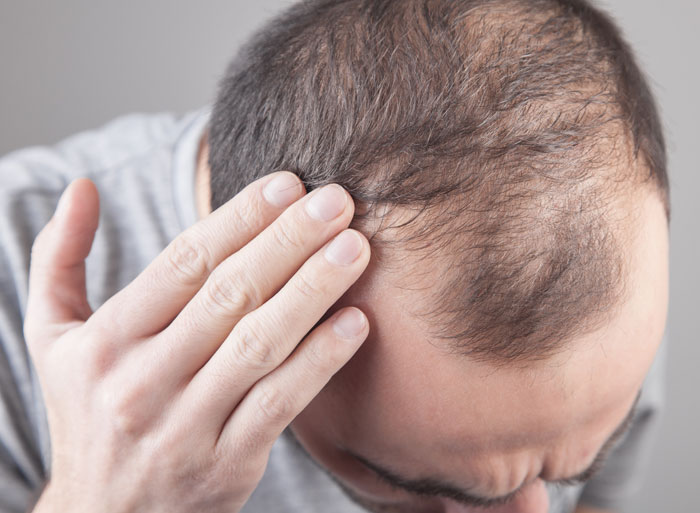
Hair shedding affects both men and women. Seeing more hair in your brush, shower, or sink can be distressing—and it’s one of the most common reasons patients come to see us. Many use terms like “hair shedding,” “hair thinning,” “hair loss,” and “hair fall” interchangeably, though they have different meanings.
In this article, I’ll clarify those terms, explain when hair shedding could signal a risk of permanent loss, and share the treatments I offer in my practice.
Hair Shedding vs. Hair Loss
When more than 200 hairs are shed daily, it may point to a temporary condition such as telogen effluvium, which often follows a stressful event (surgery, trauma, illness, or most often emotional stress) that occurred 2–5 months earlier. Shed hairs in telogen effluvium are still viable—meaning regrowth is possible.
There’s also chronic telogen effluvium, mostly seen in women, which causes persistent shedding without major density loss. No direct treatment exists, and recovery depends on time.
Another cause of shedding is anagen effluvium, often seen in patients undergoing chemotherapy. While hair usually regrows post-treatment, some report changes in hair quality.
Hair Thinning vs. Shedding
Hair thinning refers to a reduction in hair density and hair grows back thinner after normal shedding. Unlike telogen effluvium, thinning hair grows back progressively finer.
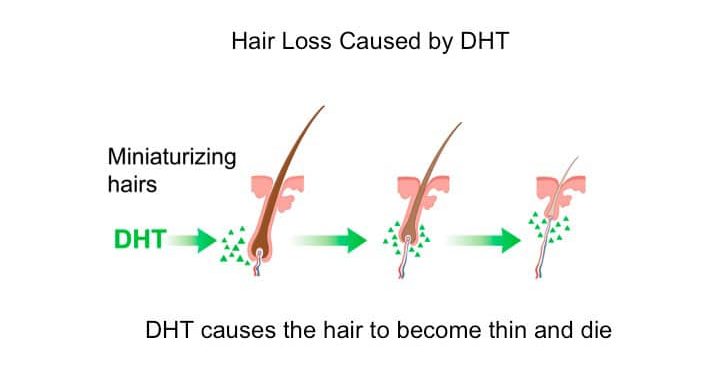
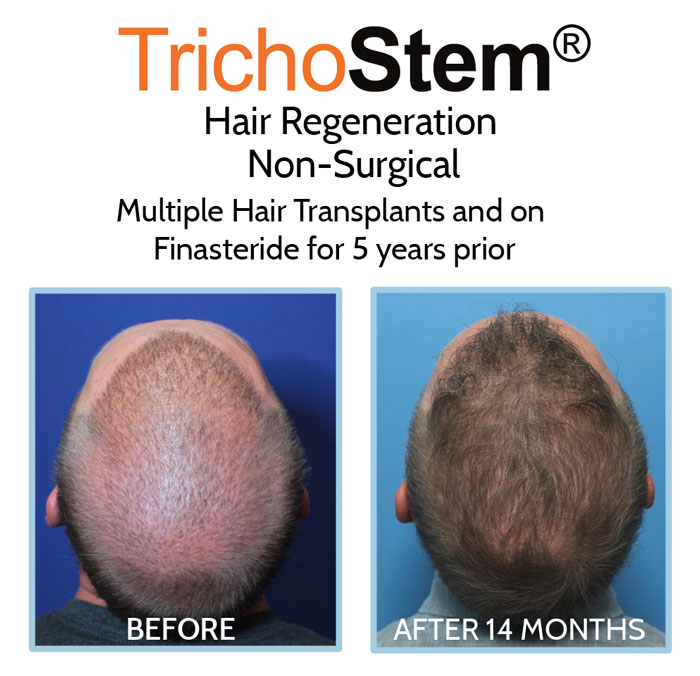
This occurs in androgenetic alopecia, also known as genetic pattern hair loss.
In men, a major factor is scalp-sensitivity to dihydrotestosterone (DHT). Finasteride, a DHT-blocking drug, can slow this process by prolonging the hair growth cycle—but results vary. Finasteride can help extend the hair growth cycle, but it’s not very effective at stimulating new hair growth. We’ve seen many patients who have used finasteride for over 15 years and still experienced significant hair loss. This doesn’t mean the medication was ineffective; it likely slowed down the loss, but other factors can still contribute to its progression.
In women, pattern hair loss is more widespread than commonly believed. It affects over 50% of women over age 50 and is often linked to estrogen deficiency and genetics. It typically presents as overall thinning and a widening part—sometimes called the “Christmas tree” pattern.
Hair Fall
The term “hair fall” is commonly used in Asian countries to mean awareness of hair loss, which can refer to hair shedding, or genetic pattern hair loss. Although “hair fall” more accurately describes hair shedding, people who say “hair fall” are often describing the progressive hair thinning associated with genetic pattern hair loss or androgenetic alopecia.

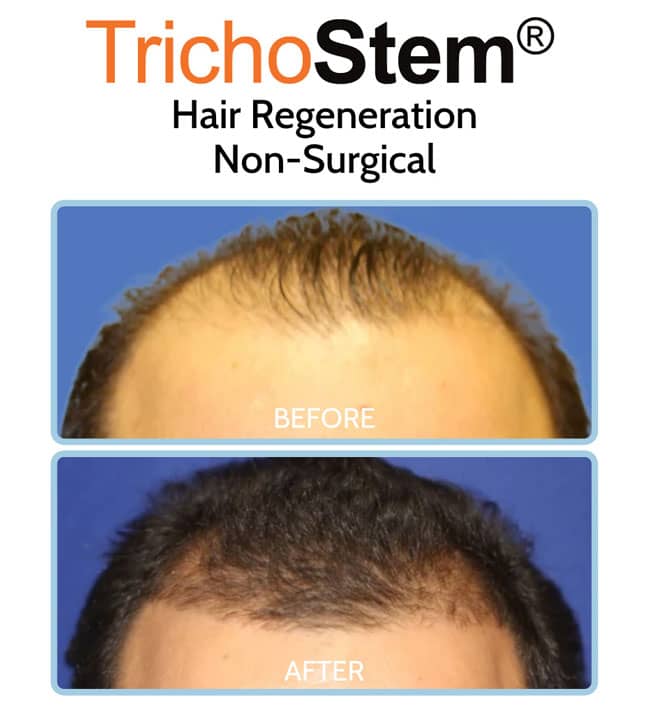
How do I know if I’m shedding too much hair?
The most common concern people have is whether they’re experiencing permanent hair loss. Medically, it’s normal to shed 50–100 hairs per day, which usually goes unnoticed due to balanced regrowth.
My hair is falling out from the root, what can I do?
It is common for people to think that their hair follicles are being lost with hair shedding. It is a common mistake that a white bulb at the end of a shed hair shaft is the root or the hair follicle, and when they see it, they have permanently lost that hair. The white bulb is keratin, or dead skin, with the hair follicle remaining in place to regrow a new hair strand.
However, in pattern hair loss, each regrowth cycle may produce thinner hairs until growth eventually stops—especially if untreated.
The Hair Growth Cycle
Hair growth follows a repeating cycle:
- Anagen (Growth Phase): Lasts 2–6 years. Around 88–90% of hair follicles are in this phase at any time.
- Catagen (Transition Phase): Lasts about 4 weeks. Hair stops growing and begins detaching from the follicle.
- Telogen (Resting/Shedding Phase): Lasts 3–4 months. Hair sheds, then the cycle restarts.
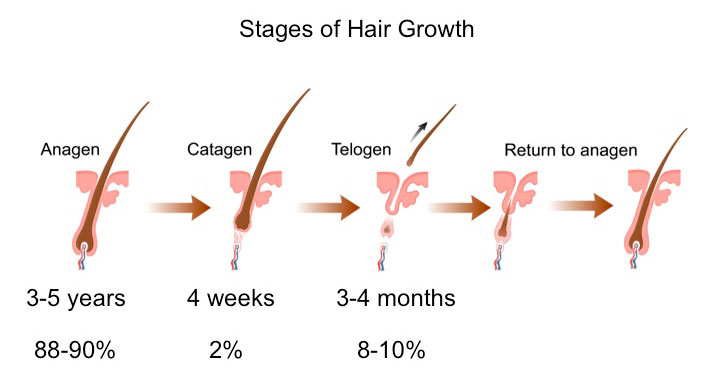
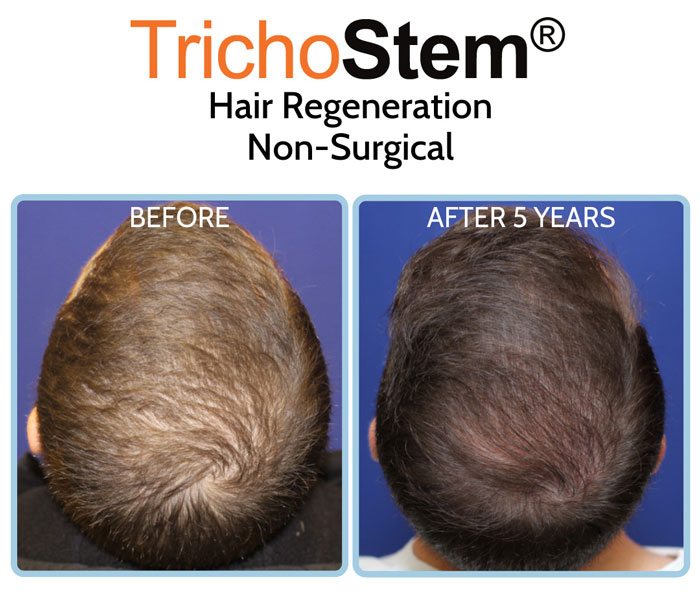
Choosing the Right Treatment Plan
Getting the right diagnosis and treatment plan can significantly impact your long-term results. Many treatments are sold without long-term support or accountability.
If you’re experiencing hair loss, choose a provider who offers:
- A comprehensive evaluation
- Before-and-after photos of actual patients
- A realistic and customized treatment plan
What Makes TrichoStem® Hair Regeneration Different?
TrichoStem® Hair Regeneration is not just a one-size-fits-all injection. It’s a personalized treatment plan based on factors like gender, age, degree of loss, and treatment history.
- Patients need only 1-2 treatment sessions, with results lasting 3–5 years or more.
- Some with moderate to advanced loss may benefit from a second session after 15–24 months.
- We track progress using microscope imaging and digital photography every 3–6 months, then annually.
We’ve achieved visible and lasting improvements in hair thickness, density, and scalp coverage in over 99% of patients.
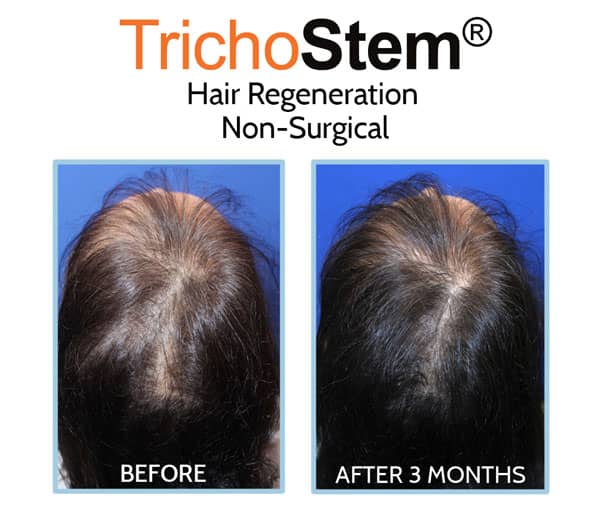

Hair Loss Treatment Centers in Manhattan, NYC; Long Island, New York; and Vienna, Virginia
I’ve practiced in Manhattan and Long Island for over 25 years, helping patients with genetic pattern hair loss through surgical hair transplants and medical therapies such as finasteride and minoxidil.
In 2011, I observed a breakthrough: a regenerative effect on hair growth using platelet-rich plasma (PRP) with ACell’s acellular matrix, originally intended to improve surgical outcomes. This discovery led to the development of the TrichoStem® Hair Regeneration System, a customized non-surgical treatment for both men and women with pattern hair loss. To date, patients from around the world have come to our offices for this unique treatment.
If you’re interested in recommendations for your individual situation, you may call any of our offices at (212) 265-8877 in Manhattan, New York City; (516) 742-4636 in Garden City, Long Island; or (703) 356-1336 in Vienna, Virginia, or fill up the form below to schedule an appointment.
